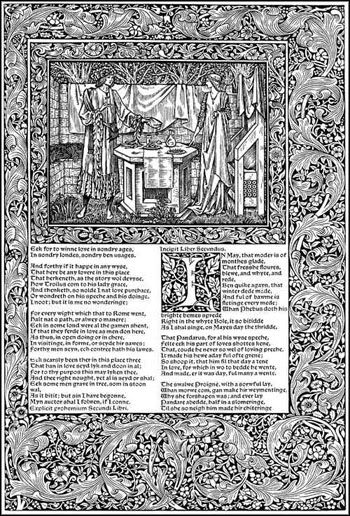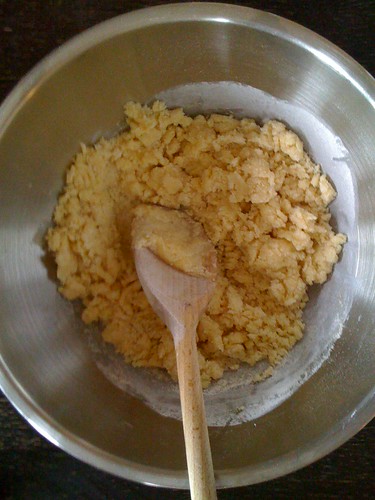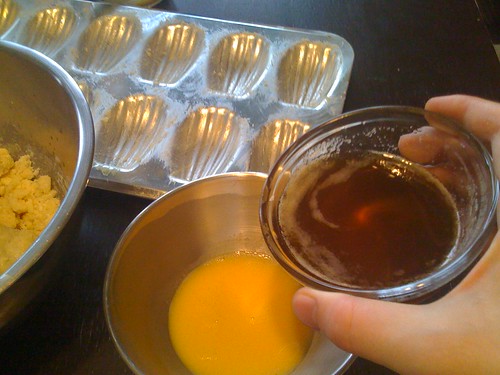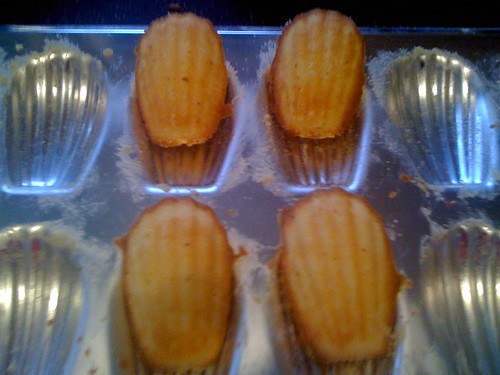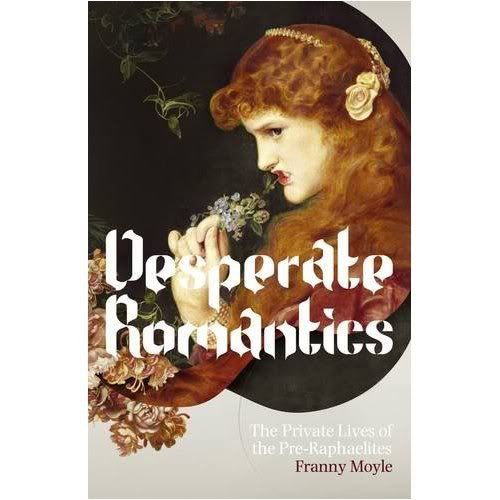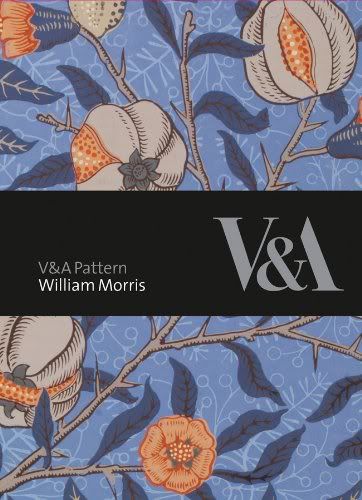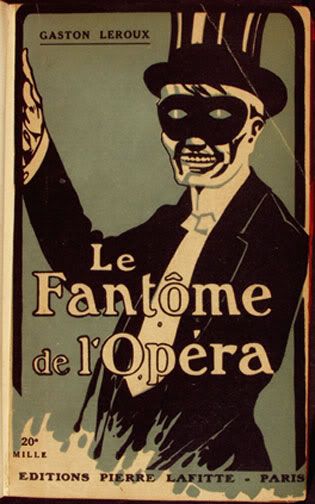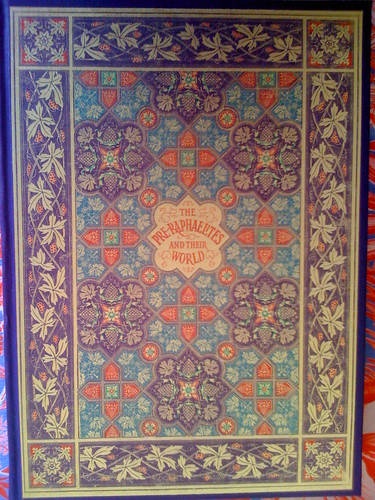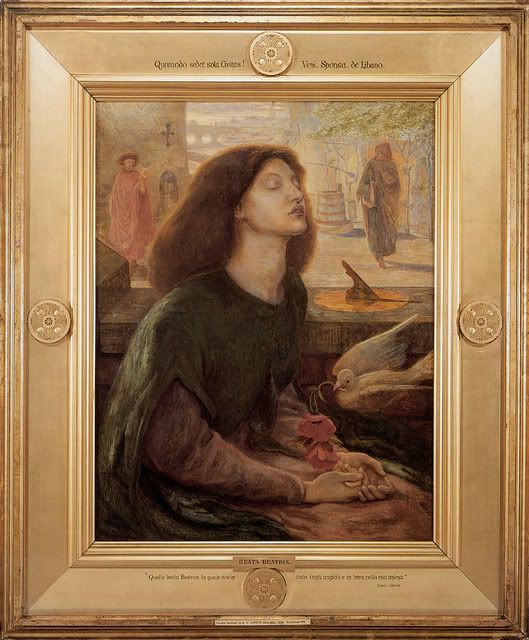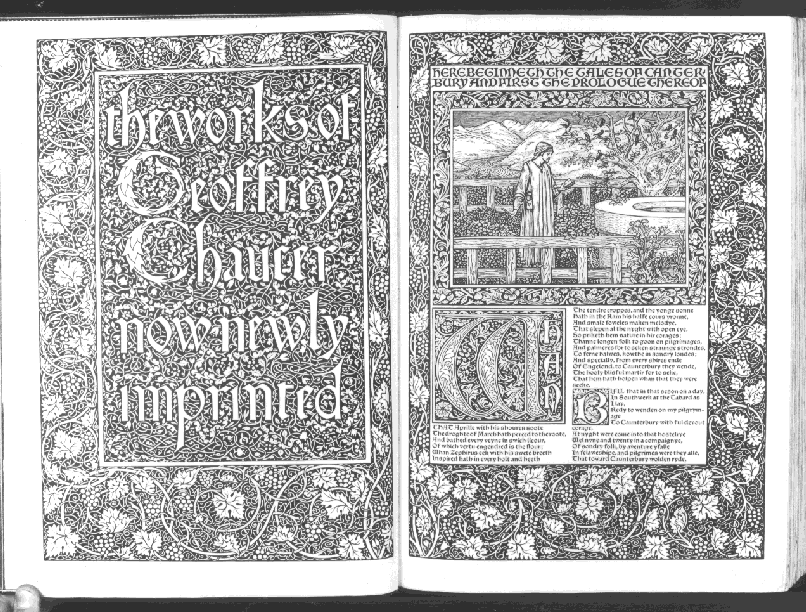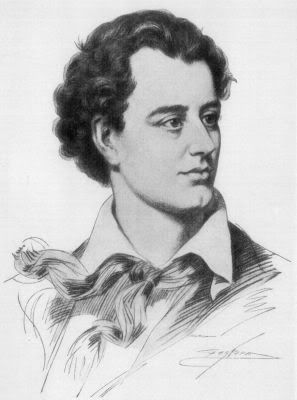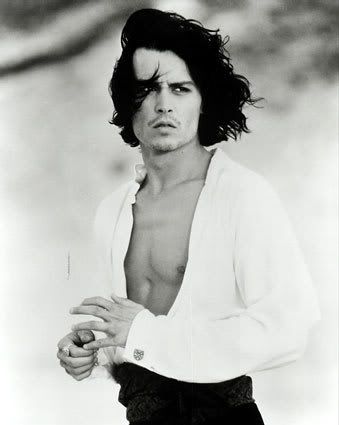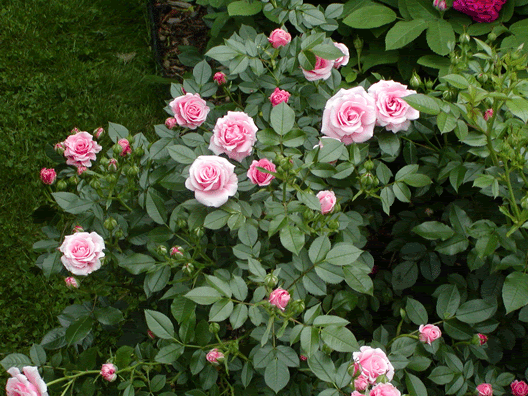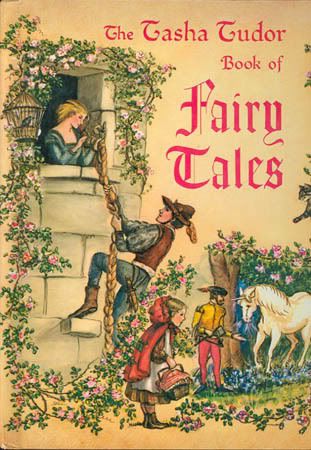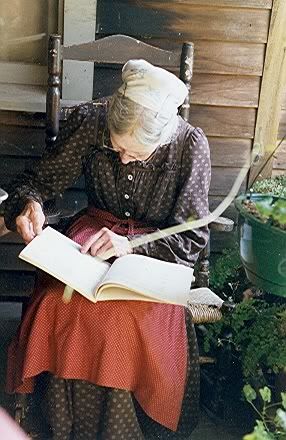I love reading, and I'm a huge consumer of print media - approximately 20 books a month, plus countless articles. I use the library out of necessity. It would cost me around $6,000 a year to buy all the books I read, so the library is my best choice for affordable access to the books I want to read. I love ebooks, which are slightly more affordable and can't be easily digested by my two toddlers, but once again, I can't really justify buying 20 or more ebooks a month (after all, how many books can my kids destroy per month?). But I do get tired of lugging all the books back and forth from the library and paying fines when I need to keep them a few extra days. Also, it's difficult to tough it out for months on end waiting for new books that I am positively dying to read (my husband bought me the new Steve Jobs biography after he heard me mention I was looking at about six months on the waiting list).
- Simultaneous access to multiple titles (I'd go crazy if I wasn't able to read at least three books at once - and I know I'm not alone in this)
- Availability of pretty much any title I could find at my local library
- Ability to read books on multiple platforms (tablet, smartphone, pc)
- Affordable pricing (i.e., along the lines of Netflix)
This might sound like a tall order, but Netflix is able to provide these things for movie fans. I do realize that there are probably fewer readers out there demanding a service like this than there are movie and tv fans.
Amazon.com recently announced a service along the lines of a "bonus feature" for Amazon Prime customers. It is pretty much useless, in my opinion. You have access to one book per month (one? Are you kidding me?), have a mere 5,000 titles to choose from, and can only read these books on your kindle. The only good news is that you don't have to pay extra for this horrible service, which is lumped together with Amazon Prime at a cost of $79 USD per year.
Now, I'm sure that Amazon has been begging publishers to allow them to offer more titles, but I'm sure it's difficult to get enough publishers on board. And as this article from Wired magazine notes, nobody really knows what a digital book is "worth" to the publishing industry, nor are they used to negotiating with anyone over the aftermarket for their titles.
Although it was comparatively easier for Netflix to discuss these issues
Now, I hate to say it, but I suspect one of the reasons that book publishers haven't been as willing to acquiesce to the likes of Apple and Amazon is that they have felt less pressure from piracy. The music and film industries are truly suffering from the availability of free content on the web. In contrast, publishers earned 27.9 billion worldwide in 2010, and their revenue appears to be growing, not shrinking.
Adaptation to digital books has started off a bit slow, but it is growing. According to the New York Times (see link above), ebooks represented just 0.6 percent of the the market in 2008. Two years later, they had grown to 6.4 percent. Book publishers might not be feeling the pinch right now, but if this trend continues, they will not be able to ignore the pressure of the web. I've never read a pirated ebook myself, but they do exist, and I'm sure that if they become readily available, they'll be a much more evident threat to the publishing world.
Hopefully, publishers will not let it get to that point, and will come up with an affordable way for consumers to access books. I realize that not everyone reads as much as I do, but, as my husband pointed out when I discussed this issue with him, they might be willing to pay for a subscription to a book service simply because of the way it makes them feel.
This time of year, I'm always reminded of the job I took at the YMCA after high school. I was amazed that so many people would sign up for memberships in January. I worried that the facility would never hold them all! Not a concern, my boss informed me. Most of them will never show up after the second week of January. "But they'll just cancel their memberships!" I protested. "No," she replied. "Just having a membership makes them feel good, even if they never use the gym."
I think an ebook membership would work much the same way. There are a lot of people out there who would feel great about having unlimited access to books, even if they never actually use the service! What do you think? Does the idea of an "ebook membership" appeal to you? Do you think it makes sense for publishers to offer this option through providers like Apple and Amazon?

